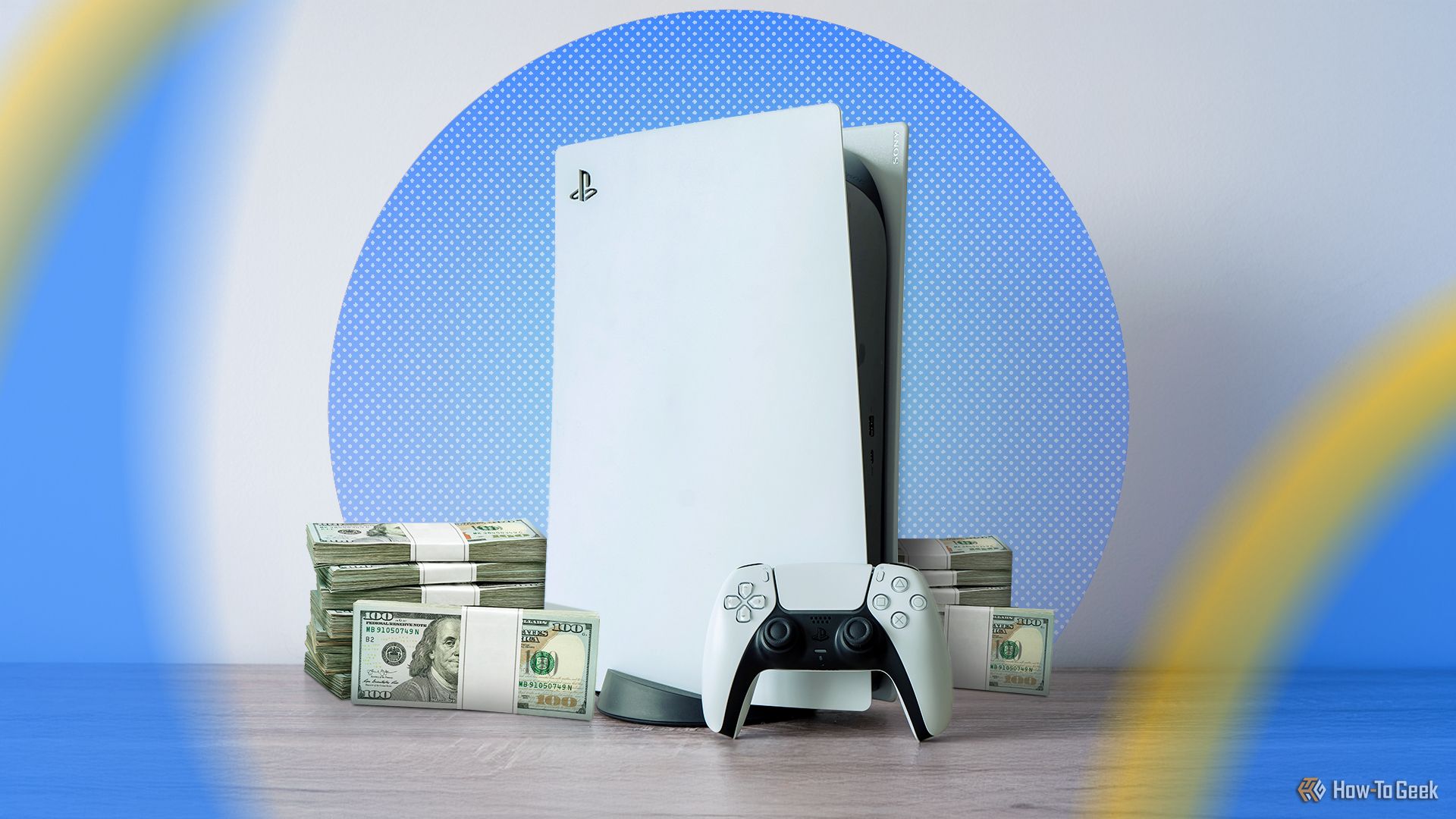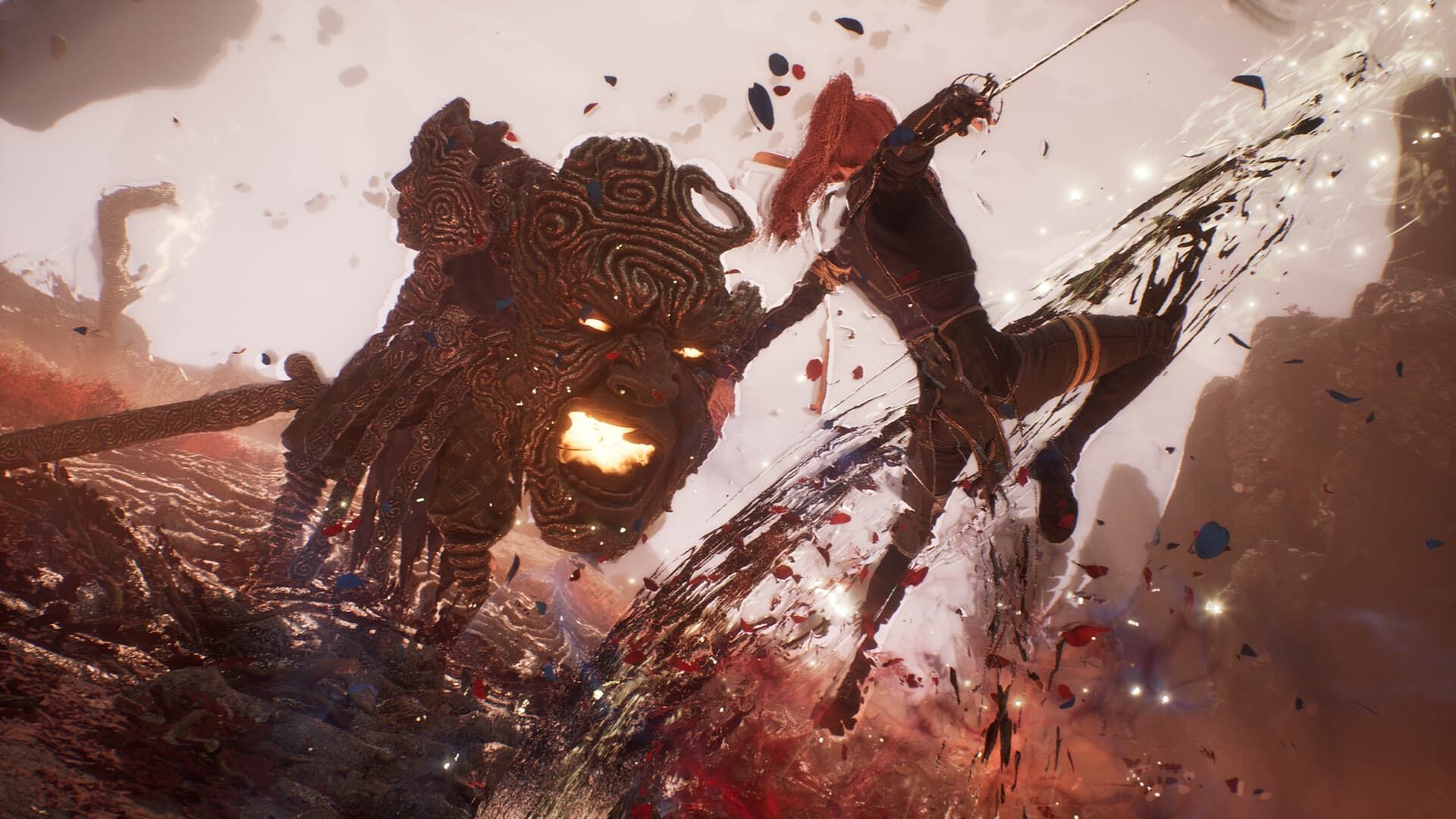On paper, video games should be more successful than ever before. Gaming is now a massively profitable industry, the technology behind new games is constantly improving, and the sheer breadth and quality of new releases is greater than it’s ever been. And yet, the industry has never been in a more dire state.
Over the past few years, the video game industry has experienced a record number of layoffs, with thousands of job losses being reported every gaming quarter since 2022. This along with studio shutdowns and costly game cancellations have become standard practices for game companies. The industry is now facing a multi-billion-dollar crisis, and something needs to change before it’s too late.
After a Few Amazing Years, Gaming Is Headed for a Fiery Crash
Although the gaming industry’s mass layoffs suddenly surged in early 2022, the problems that led to these firings didn’t begin overnight. In 2020, the global COVID-19 lockdown gave everyone a lot more time to play video games at home. Unsurprisingly, this translated to an unprecedented surge in sales for game consoles and new releases.
Gaming companies quickly took advantage of gaming’s surging popularity to expand their studios with hundreds of new employees. Around this time, some of the industry’s top companies dumped millions of dollars on acquiring various game development studios.
Obviously, the wave of success didn’t last forever. As the global pandemic came to an end, so too did the industry’s winning streak of successes. However, most companies hadn’t anticipated the industry decline that would immediately follow. Video game sales suddenly slowed down before any of the multi-million-dollar mergers and acquisitions that shook the industry had paid off. While some sectors suffered more than others (mobile games took an especially massive hit), the post-pandemic drop in sales dealt a massive blow to studios across the entire industry.
Corporations that had rushed to expand their workforce began laying off tens or hundreds of workers. Many studios involved in the acquisitions were suddenly being shuttered or sold to other companies. Along with these firings, many long-awaited games that had been in development for years were abruptly canceled.
Even now, the industry is still suffering constant layoffs and cancellations on a regular basis. Earlier this month, Microsoft began another devastating round of job cuts, resulting in multiple high-profile games being canceled and potentially affecting around 9,000 employees and devastating various Xbox studios.
If the video game industry’s rise and post-pandemic fall were the only reasons for its current struggles, the widespread layoffs and financial struggles would likely have subsided a few years ago. Instead, these issues have grown into an ever-present part of the modern gaming industry, and that’s all thanks to an amalgamation of bigger problems that game companies still refuse to address.
New Games Are Too Dependent on Old Ideas
Video games have been notably prone to trend-chasing since their inception. Even in the early arcade era of the 80s, major hits were often followed by cash-grab sequels and shameless knockoffs. That problem still persists today, but it’s arguably been worsened by the rise of remakes and remasters. There’s a severe lack of originality pervading the video game industry—at least among AAA releases—and it’s starting to turn many players away from the medium.
Remakes and unwanted sequels are the most obvious examples of gaming’s creativity crisis. At their best, remakes can evolve retro classics in truly imaginative ways or preserve long-lost media, whereas sequels provide a chance to innovate and refine concepts introduced by their predecessors. Sadly, many modern remakes and sequels are content with rehashing old ideas for a full-priced release.
The recent remakes of Until Dawn and Dead Rising highlight this problem, with the original versions of both games being readily available on modern platforms and arguably better than their newer versions. Similarly, prominent franchises like Call of Duty and Assassin’s Creed have stagnated due to a consistent lack of innovation in their overused formulas.
This problem isn’t exclusive to established gaming franchises. Most AAA games—sequels or not—have relied on the same tired tropes that have dominated gaming for over a decade. Oversized open worlds, aggressive monetization, and shoehorned-in live service elements are still painfully abundant in many new releases, but their problems are beginning to backfire on developers. New live service games are constantly being released, only to shut down within months of their initial launch. Even open-world games, which used to dominate the top of gaming sales charts, have seen their fair share of recent flops, such as Star Wars: Outlaws, Skull and Bones, and MindsEye.
Meanwhile, the studios behind some of the best games in recent years are taking the brunt of the industry’s recent layoffs. These have ranged from large-scale job cuts and game cancellations for prominent studios like Rare (Sea of Thieves, Perfect Dark) and Turn 10 Studios (Forza Motorsport), to total closures for talented developers like Tango Gameworks (Hi-Fi Rush, The Evil Within), Monolith Productions (Middle-Earth: Shadow of War, F.E.A.R.), and Arkane Austin (Prey).
All this has resulted in an industry that’s terrified of taking risks, yet is also far too willing to punish developers that strive to deviate from its bog-standard genres. A single bad game like Arkane Austin’s Redfall can spell the end for entire teams of developers. However, even a surprise success that blows past all expectations like Tango Gameworks’s Hi-Fi Rush isn’t always enough to keep studios afloat.
The futures of these studios aren’t determined by the quality of their games, but rather by how badly their higher-ups stumble into financial troubles. As such, most game studios are now at the mercy of their corporate owners, and it’s the individual creators who are paying the price for the mistakes of larger companies.
Game Prices Are Increasing, But Their Value Isn’t
To compensate for years of losses, game companies have been raising the prices of new releases. The standard price for newly released games used to be $60 (USD), but that number crept up to $70 with the start of the ninth console generation. It’s only been a few years, but the cost of games might climb once again due to the Switch 2’s $80 launch titles. Most games are still being released at $70, but it’s only a matter of time before Nintendo’s ridiculous price point sets a new precedent.
Game consoles are beginning to follow the same pattern. Unlike most older consoles, the PS5, Xbox Series X|S, and original Switch haven’t dropped in price, despite being a few years old. Instead, these systems have shockingly become more expensive, with Xbox recently announcing its plans for future price increases and Nintendo Switch consoles having already updated their prices in Canada.
Much like every other problem in the modern gaming industry, there are multiple factors to blame for the escalating prices. We’re still experiencing the aftermath of the industry’s post-pandemic decline, and the current concerns around global tariffs are only fueling the rising cost of consoles. However, the biggest problem that led to the adjusted pricing has existed for much longer.
It’s no secret that games are becoming more expensive to develop. AAA developers are happily flaunting their absurd budgets, sometimes busting out the fabled “AAAA” label to make their overspending seem like a deliberate choice. For many games, their high development costs come from the common problems of development hell and feature creep that regularly plague AAA games. But even for moderately budgeted games with straightforward production cycles, keeping up with the modern standards for graphics and performance is becoming too expensive for some developers to afford. It’s bad enough that a single financial flop can be enough to sink an entire studio.
The rising costs of modern games are grossly unsustainable, both for consumers and developers. It’s not just the $80 price tags that are the problem; more full-priced games are launching with day-one DLC and microtransactions to recoup the costs of development and maximize their profits from every player. Despite charging more at every corner, games are also launching in buggy states, as well as locking content behind pre-order bonuses and paid expansions. If the rising prices don’t already turn players away from new AAA releases, the increasingly intrusive monetization certainly will.
The recent price increases and worsening monetization ultimately serve as an inconvenient band-aid to an ever-growing issue. Games will continue to become more expensive due to the demand for games with photorealistic visuals, larger worlds, and endless content. None of these elements are essential for making better games, but they’re the main ways AAA games can continue to compete with each other while falling back on the same overdone formulas and expired trends. However, there’s one more reason this frustrating practice won’t last forever.
AAA Companies Need to Learn from Recent Successes
Even if the AAA gaming industry were to suddenly crash and burn tomorrow, video games wouldn’t be going away anytime soon. Indie developers and AA studios have kept games alive and exciting throughout this tumultuous period. Many of the best games from the past decade haven’t come from AAA companies, but have instead been the works of much smaller teams or solo developers. These games aren’t just outdoing their AAA competitors through sheer quality, but they also highlight the many ways the industry’s leading companies need to improve.
Smaller studios have fewer resources and staff than the average AAA production, which forces them to make the most out of their limited capabilities. Games like Bomb Rush Cyberfunk and Hades 2 feature stylized, cel-shaded visuals to craft gorgeous 3D worlds without the level of detail demanded by photorealistic graphics. Alternatively, indie gems like Blasphemous 2 and Sea of Stars prove that pixel art can be just as stunning as any 3D environment.
Indie games also prove that there’s nothing wrong with short and sweet experiences. Some of my personal favorite indie games include Buckshot Roulette and Katana Zero, both of which can easily be cleared in an afternoon but offer plenty of replay value. It also helps that these games are fairly inexpensive, even at full price. Of course, there are plenty of low-budget games with much longer playtimes and hours of optional content, but they don’t waste your time with needless padding and forced grinding, unlike many AAA titles.
There are even some smaller-budget games that emulate AAA games in all the best ways. Recent hits like Clair Obscur: Expedition 33 and Kingdom Come: Deliverance II prove that AA studios can deliver massively, visually stunning experiences on par with the best of AAA gaming. The only difference is that these games don’t require the same obscene budgets and often launch at much lower prices.
However, if there is one lesson that AAA games should take from lower-budget releases, it’s that creativity matters more than anything else. Video games are now more abundant than ever before, meaning it’s painfully easy for formulaic games to quickly be forgotten amid the constant deluge of new releases. Most companies already struggle to market anything that isn’t attached to a familiar brand, so AA studios are often put under greater pressure to deliver games that can set themselves apart from the rest of the gaming market.
All the games I’ve mentioned here do something to distinguish themselves, whether it’s in their visuals, gameplay, storytelling, or a unique blend of all three.
Despite what many companies seem to believe, dumping endless money into games and relentlessly pursuing dead trends won’t revive the gaming industry anytime soon. Instead, many game studios need to scale back their games, both in budget and scope, and prioritize creative concepts with their upcoming releases.
Sadly, the pursuit of better graphics and larger games (especially if they have room for added monetization) might never stop for AAA developers. But even if this ends in a disastrous crash of the AAA market, video games will be fine thanks to the smaller developers who have kept the medium alive in its toughest times.









